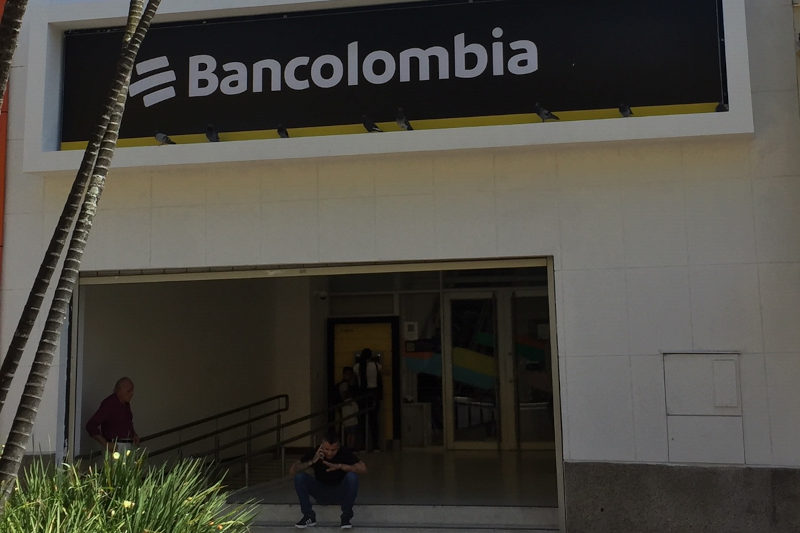Distances are magnified in Colombia due to terrain. The most populated part of the country is in the Andes mountains and while views are breathtaking, traveling between cities can get tricky.
You have two options to travel within Colombia: by road or by air. There’s virtually no railways and what there is is reserved for industry. Colombia has great rivers, but public transport on water over large distances is not a thing here, at least not in the more developed parts of the country.
Air travel is economical for most foreigners and if you’re departing from a major city like Bogotá or Medellín, there’s a lot of direct flights to other cities. The equipment used for these routes is usually turboprop, especially ATRs. Airlines like Easy Fly, Avianca and Satena, among others, serve these routes. Being located in Medellín, I can go to the Olaya Herrera airport right in the middle of the city and fly direct to most Colombian destinations instead of the international airport at Rionegro which is located far out of the city.
Bus travel is economical and in my own experience quite reliable, but fast it’s not! City highways are almost always choked with traffic and a lot of key routes between cities are barely two lanes and prone to derrumbes (landslides) and flooding, especially during or after strong rainstorms. Slow tractomulas (tractor-trailers) creeping up steep inclines or slowly negotiating sharp curves, construction, and countless peajes (toll booths) further slow down traffic.
It’s just 242 kms (150 mi) between Medellín and Manizales, but the best time you can hope for is 5 hours, which works out to 30 miles an hour (48 km/h)!! This can sometimes turn into a 10 hour marathon according to road conditions. Add to that mix the small risk of guerrilla / bandit attacks on some land routes, for example crossing the Bajo Cauca area of Antioquia on your way from Medellin to the Caribbean coast, and you have quite an adventure to look forward to!
The quality of buses depends largely on the route. If you’re going to a major destination there’s big buses with air conditioning and a bathroom, but if you’re going on the commuter route to a small town it might be more like a school bus, so keep your adventurer hat on and try to get a window seat! Commuter buses can get packed and you could be left standing, hanging on to dear life in twisting mountain roads. And yes, it’s possible that passengers load small animals and sacks of produce into the aisle, as happened to us when we traveled from Santa Marta to Tayrona park on a busted up old bus!
Tour buses are usually what you’d expect, air conditioned and all, so if you like the curated type of travel to a not too far pueblo, go for that! Tours are usually a pretty good deal and will typically give you plenty of time to explore the destination on your own if you don’t care for a guided tour.
If you do decide to go by bus for a long haul, they make stops at roadside restaurants where you’ll have enough time for a meal and a real bathroom break. Note that bathrooms often require payment to enter so having change helps speed your entry, and you usually have to get toilet paper from the attendant or a dispenser on the wall, not in the toilet cabinet. Quite often there’s no toilet seat, so prepare to exercise those thigh muscles!!
Colectivos: These are intercity taxis or vans and I swore them off! Drivers will often wait till they can fill every seat while you swelter in yours. To add insult to injury, on one trip a caustic large Medellín-boundwoman aggressively told me that I should pay for the remaining available seats so we could take off earlier! If you like colectivos, great, but my suggestion is go for the bus!
Plans to improve the intercity road systems have been around for many, many, many years, some getting built while others never seeming to get off the ground, sometimes due to corruption. To be fair, building roads in Colombia is very challenging, requiring many tunnels and viaducts among other things. Once Colombia gets a wide reaching multi-lane highway system, it will provide a strong economic engine of itself!
Tip: If you can afford it on longer distances, fly!



